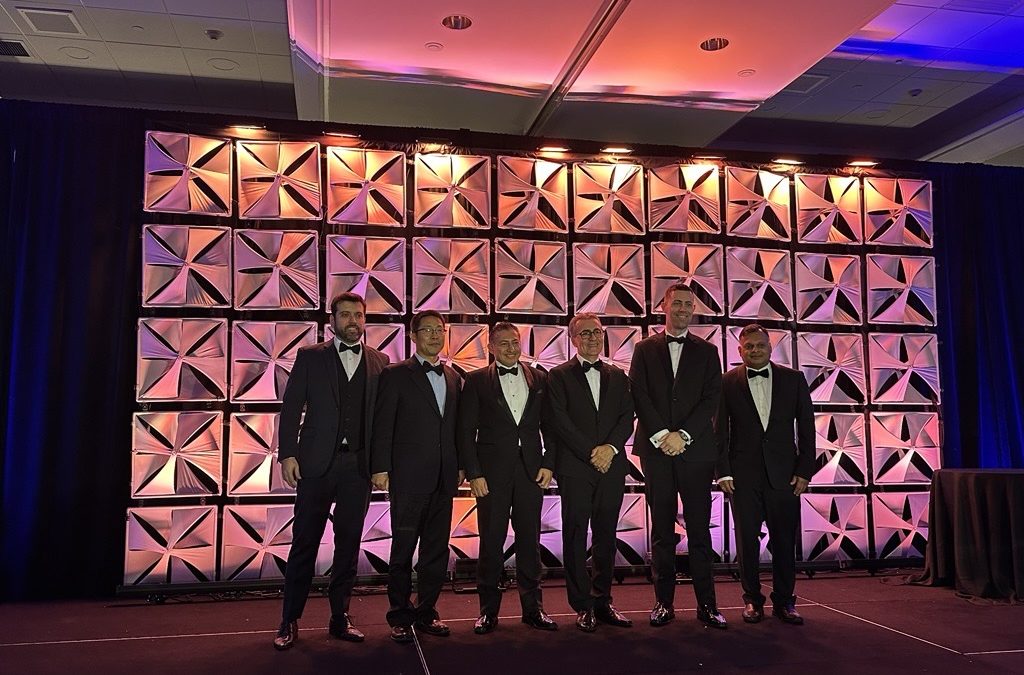Welcome to the Brand and Demand Solutions’ Marketing Impact Vlog. Today we’ll be sharing best practices to improve your marketing and sales alignment to boost revenue and your organization’s overall success.
Have you heard the term Smarketing?
It’s been floating around in presentations and blogs for the past 5+ years or so. It’s a fun word that truly defines our vlog topic today. “Smarketing is the process of integrating the sales and marketing processes of a business. The objective is for the sales and marketing functions to have a common integrated approach. This can lead to annual revenue growth of up to 20%.”
As most marketers know from first-hand experience, sales and marketing teams traditionally operate as separate organizational entities. However, over the past 10 years, market dynamics and technology have significantly impacted the traditional paradigm. It’s high time for our departments to unite, align, and streamline our processes.
Today we’re going to point out some easy tips and best practices you can leverage to “get your wheels in motion” or improve on your existing alignment tactics to grow your business as one cohesive unit.
Tip 1 is very basic but extremely important. It may seem obvious, but we have to state it.
- Simple Collaboration Is A MUST!
The first step in aligning your sales and marketing teams is to make it as easy as possible to do so. Sales feeds off the customer outreach created by marketing and marketing leverages feedback from sales to generate high-quality content and touchpoints to engage customers and prospects.
To properly align, communication must be streamlined between marketing and sales. All collateral and materials should be easily accessible to everyone. If you’re not already leveraging cloud-based storage systems like OneDrive or Dropbox, make this priority #1. Shared storage systems allow the team to share documents with ease, optimizing processes and creating more efficient teams.
In addition to storage systems, leveraging a simple communication platform like Slack or Chanty will improve team communication (instant chat), collaboration (file sharing and integrations) and staying up-to-date (notifications).
- Establish & Agree On Lead Qualification Criteria Guidelines
We all hear this at some point, “you aren’t sending me quality leads.” To avoid this common gripe, you must establish lead qualification criteria. The easiest way to do this is to create buyer personas. For a deep dive into how to create buyer personas, check out Hubspot’s blog on this topic.
However – before creating your personas, please re-read Tip 1. Marketing cannot create these in a vacuum. You must collaborate with sales as part of this process or you’re not following tip #1 or #2 for that matter.
- Set Expectations with an SLA (Service Level Agreement)
The history of sales and marketing conflict is a two-way street. Sales teams may complain about the leads we provide, but let’s be honest, as marketers, we equally complain about sales not properly following up with the leads we provide them. That’s why it’s critical to set up a service level agreement which sets expectations around the process. It should include:
- Criteria for MQL to SQL transitions
- Timeframes for sales to follow up with each SQL
- Number of times sales will follow up with each SQL
- Criteria and conditions for evaluating success
Setting up best practices for the sales hand-off and follow up process will engage the sales team and commit them to executing on SQL outreach.
I just want to clarify that your job isn’t over once everyone agrees to the terms of the SLA. It’s imperative that you continue to measure results and adjust the terms to maximize return.
- Marketing Teams Must Be More Involved in the Sales Process
I know we keep leaning into our first tip to collaborate with sales, but it’s equally important for your marketing team to be involved in the sales process. They should be participating in sales calls. We suggest that marketers sit on at least one call per week. Doing so benefits marketing because we will better understand how sales is positioning the close and what resonates with the buyer. Conversely – we provide sales with an expert resource they can leverage on the call. Supporting each other in this way, not only drives stronger buyer insights but solidifies the relationship between the sales and marketing teams.
- Contribution to Revenue Must Be a Key Marketing Metric
If you’re not already tracking your marketing efforts based on contribution to revenue, it’s time to start. As marketers, we can no longer just track the number of leads we generate. We MUST be hyper-focused on our lead generation efforts and how they contribute to revenue. Specifically, quality over quantity, SQL over MQL, Closed/Won VS No Follow Up. Once we meet these goals, we’ll see our contribution to revenue growth and the alignment between sales and marketing continue to improve.
- Join Forces with Sales to Push for a Sales Enablement Tool
Sales enablement tools are a great way to increase collaboration between marketing and sales. It provides sales with invaluable data and a practical way to remain engaged with buyers while building meaningful relationships; all while guaranteeing consistent brand massaging. A win-win for marketing and sales that drives revenue!
What we’ve discussed today is no easy feat. It requires a commitment in time and resources from both marketing and sales. We must come together on a regular basis to set goals, discuss concerns, and celebrate success. We hope the 6 tips we discussed today will inspire you to improve your sales and marketing alignment.
If your sales team is looking for more opportunities to learn from their peers in the industry, we highly recommend you let them know about our 3rd annual Sales Team Arizona Retreat. This is a Frost & Sullivan Executive MindXchange and if you’ve never attended one, you MUST place this event on your calendar. For more information, please visit starmindxchange.com.
As always – remember to Grow Your Brand. And Drive Demand. See you next time!





